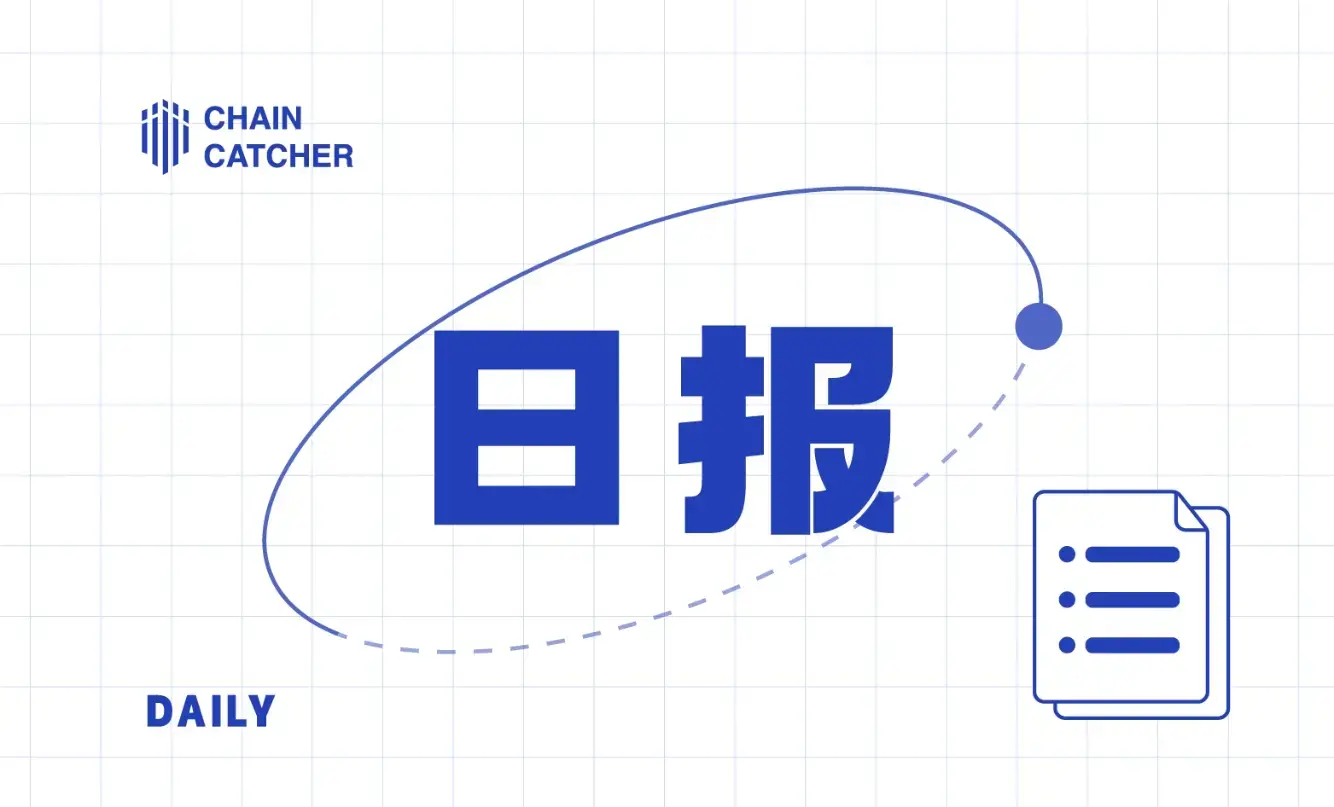Why is it destined to fail for OP_CAT to enable native tokens on Bitcoin?
Original source: Bob Bodily X account
Author: Bob Bodily
Compiled by: Shan Ouba, Golden Finance
OP_CAT will enable native tokens on Bitcoin L1, but here are the reasons you might not care:
1. Too Slow
Token transactions should be lightning-fast, not sluggish like Bitcoin. Use CAT for trustless (or minimally trusted) bridging and trade tokens quickly and cheaply on L2.
2. Too Inefficient
From a technical perspective, maintaining token state in the CAT Caboose (which provides smart contract data via UTXO) is a fascinating idea, but from a practical standpoint, it’s a bad one. Who wants to maintain the state of Bitcoin L1 in CAT Cabooses?
3. Too Many Limitations
Writing smart contracts using CAT and recursive contracts is very painful. While teams like Rijndael have made some progress with projects like Purrfect Vault, CATNIP, and CatVM, building programmable applications on Bitcoin L1 is still very constrained. A better option is to do this on L2.
4. Too Expensive
Maintaining state on Bitcoin L1, fully uncompressed data availability (DA), recursive contracts, and having all transactions occur on Bitcoin L1 means everyone has to bear high transaction fees.
We not only need CAT, but we also need scalability and programmability on L2.
Currently (within the past 12 hours), several CAT token implementations have emerged: CATNIP and Cat Protocol (CAT-20) from the Taproot Wizard team.
- These cannot run on Bitcoin for now.
- But they can run on other CAT-enabled chains (like Fractal, etc.).
Although these CAT token protocols may perform well on Fractal or other chains, they are not Bitcoin! They are independent chains, independent proof of work (PoW), independent tokens.
And for a brand new chain, we might as well compare Fractal with Solana… so I don’t have high expectations for these CAT token protocols.
In the future, these CAT token protocols will run on Bitcoin (via OP_CAT), but I don’t think this is a good way to implement tokens on Bitcoin: too slow, too inefficient, too constrained, and too expensive.
It’s better to do DeFi on a trustless or minimally trusted Bitcoin L2.









